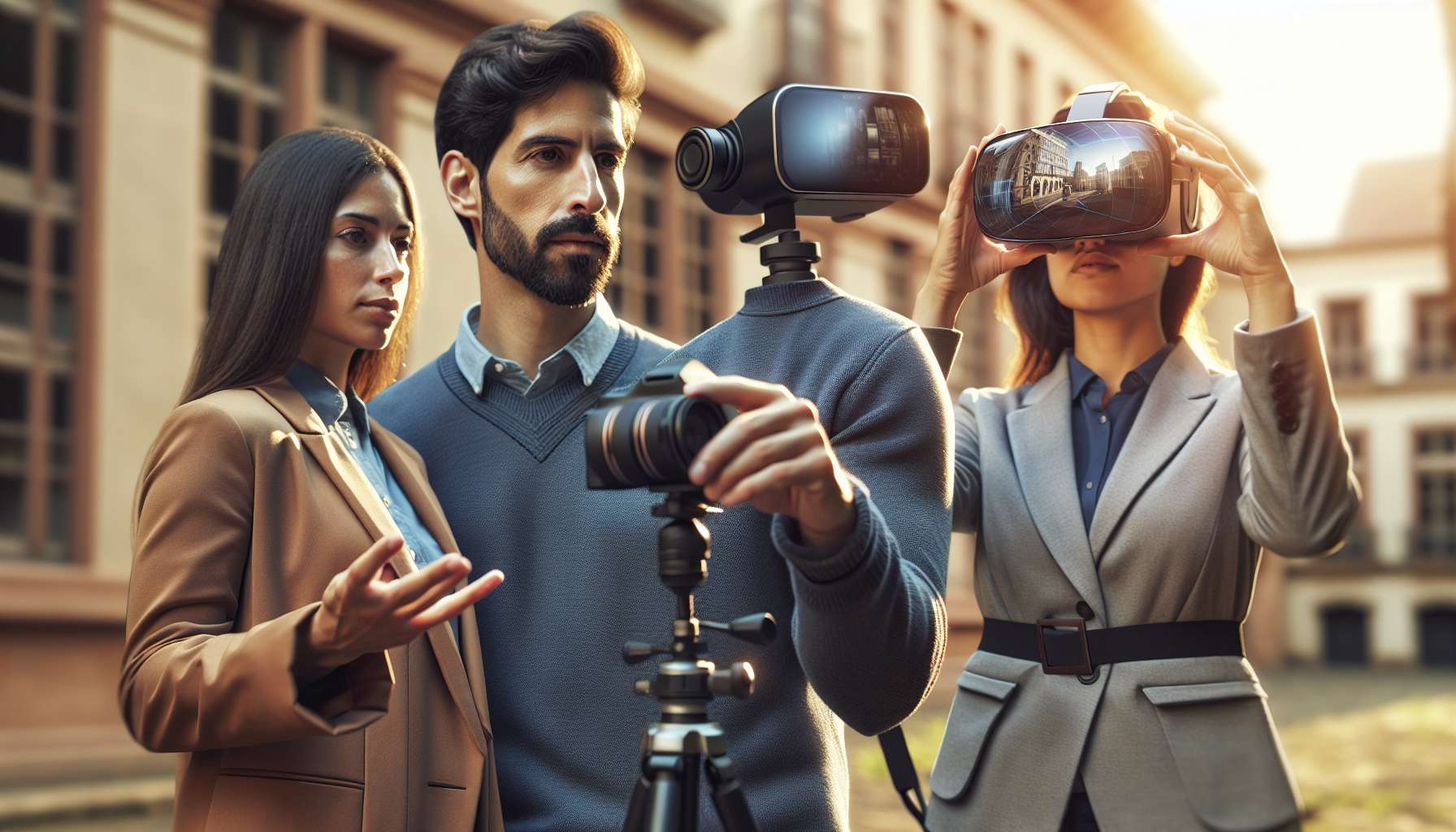Unlocking the Power of Augmented Reality for Complex Product Demonstrations
As technology continues to evolve, businesses are constantly seeking innovative ways to showcase their products and services. One such groundbreaking technology that has gained significant traction in recent years is augmented reality (AR). With its ability to overlay digital information onto the real world, AR has revolutionized the way we interact with our surroundings. In this article, we will explore how AR can take complex product demonstrations to a whole new level, providing businesses with a powerful tool to engage customers and drive sales.
What is Augmented Reality?
Before we delve into the potential of AR for complex product demos, let’s first understand what augmented reality is. AR is a technology that superimposes computer-generated images, videos, or information onto the real world, enhancing our perception and interaction with the environment. Unlike virtual reality, which creates an entirely immersive experience, AR blends the virtual and real worlds, allowing users to see and interact with both simultaneously.
The Power of AR for Complex Product Demonstrations
Traditional product demonstrations often rely on static images, videos, or physical prototypes to showcase the features and benefits of a product. While these methods can be effective to some extent, they often fall short when it comes to demonstrating complex products or services. This is where AR shines.
AR enables businesses to create interactive and immersive experiences that bring complex products to life. By overlaying digital information onto physical objects, AR allows customers to visualize and interact with products in ways that were previously unimaginable. Whether it’s exploring the inner workings of a machine, visualizing the intricate details of a product, or simulating real-world scenarios, AR empowers businesses to showcase their offerings in a dynamic and engaging manner.
Real-World Examples
Let’s take a look at some real-world examples of how AR is being used for complex product demonstrations:
- Automotive Industry: Car manufacturers are leveraging AR to provide customers with virtual test drives, allowing them to experience the features and performance of a vehicle without leaving the showroom.
- Architecture and Construction: AR is being used to create interactive 3D models of buildings, enabling architects and clients to visualize the final structure and make informed decisions during the design phase.
- Medical Field: Surgeons are utilizing AR to overlay patient data, such as CT scans, onto their field of view during surgeries, enhancing precision and reducing the risk of errors.
The Benefits and Future Outlook
The benefits of using AR for complex product demonstrations are manifold. Not only does it provide a more immersive and engaging experience for customers, but it also helps businesses to:
- Increase customer understanding and confidence in the product
- Reduce the need for physical prototypes, saving time and resources
- Enable remote demonstrations and collaborations
- Collect valuable data and insights on customer interactions
Looking ahead, the future of AR for complex product demos is promising. With advancements in artificial intelligence and computer vision, AR experiences will become even more realistic and interactive. Imagine being able to customize and visualize a product in real-time, or having virtual assistants guide you through complex assembly processes. The possibilities are endless.
Getting Started with AR for Complex Product Demonstrations
If you’re considering incorporating AR into your product demonstrations, here are a few steps to get started:
- Identify the key pain points or challenges in your current product demos.
- Explore AR solutions that align with your specific needs and budget.
- Collaborate with AR experts to design and develop interactive experiences tailored to your products.
- Pilot test the AR demos with a select group of customers and gather feedback.
- Iterate and refine the AR experiences based on customer insights.
Remember, the goal is to create memorable and impactful experiences that resonate with your customers and drive business growth.
Conclusion
Augmented reality has the potential to revolutionize complex product demonstrations, providing businesses with a powerful tool to engage customers and differentiate themselves in the market. By leveraging AR technology, businesses can create interactive and immersive experiences that bring their products to life, enabling customers to visualize and interact with complex offerings like never before. So, why settle for traditional demos when you can unlock the power of AR?





